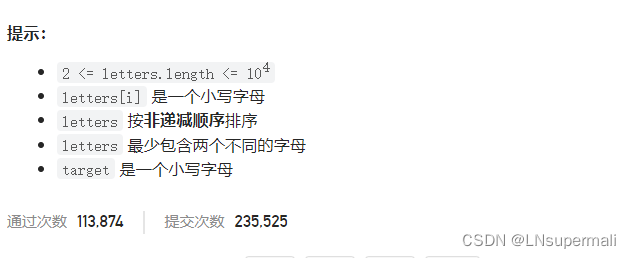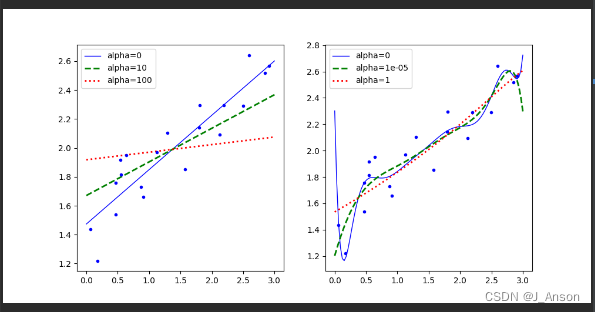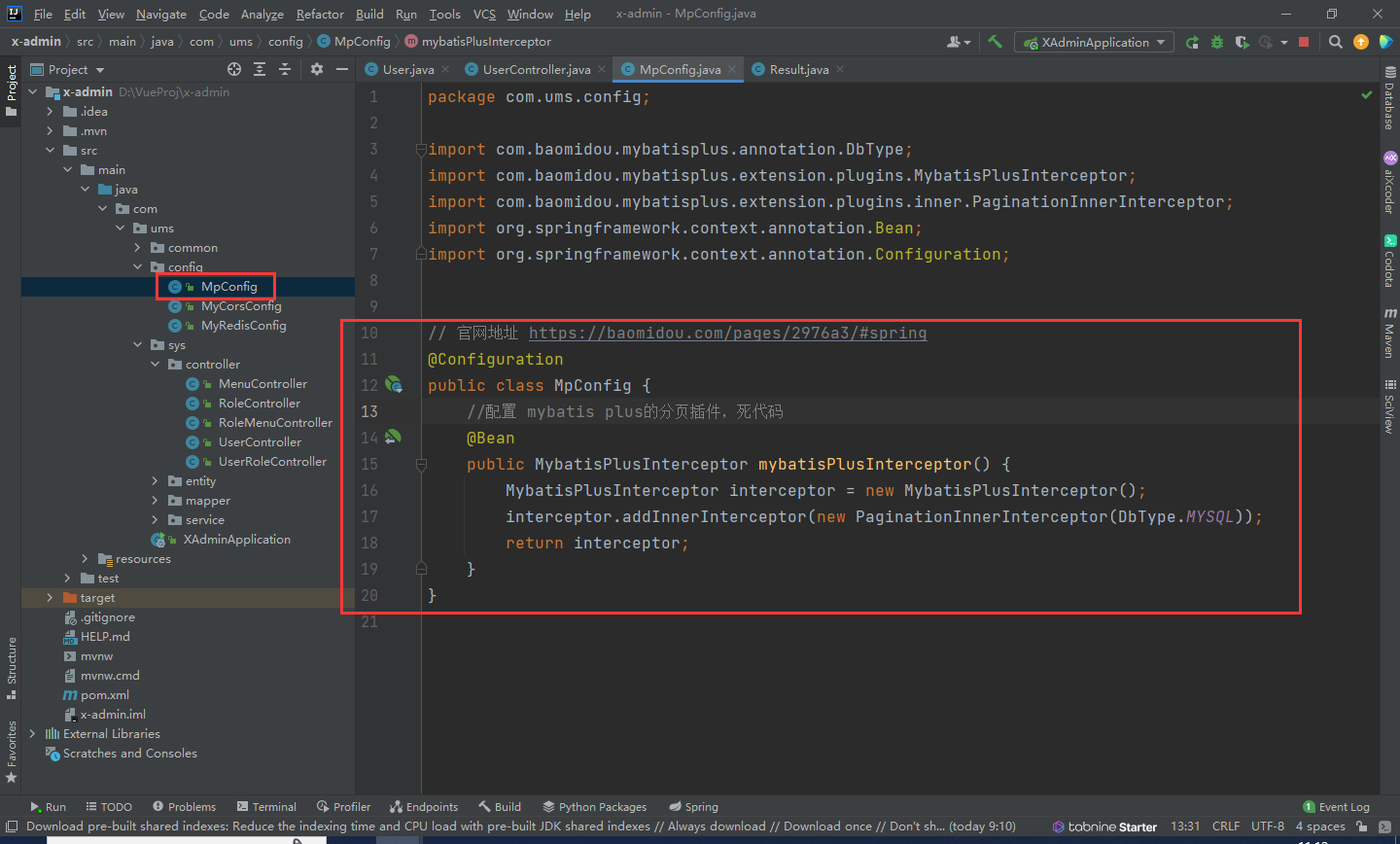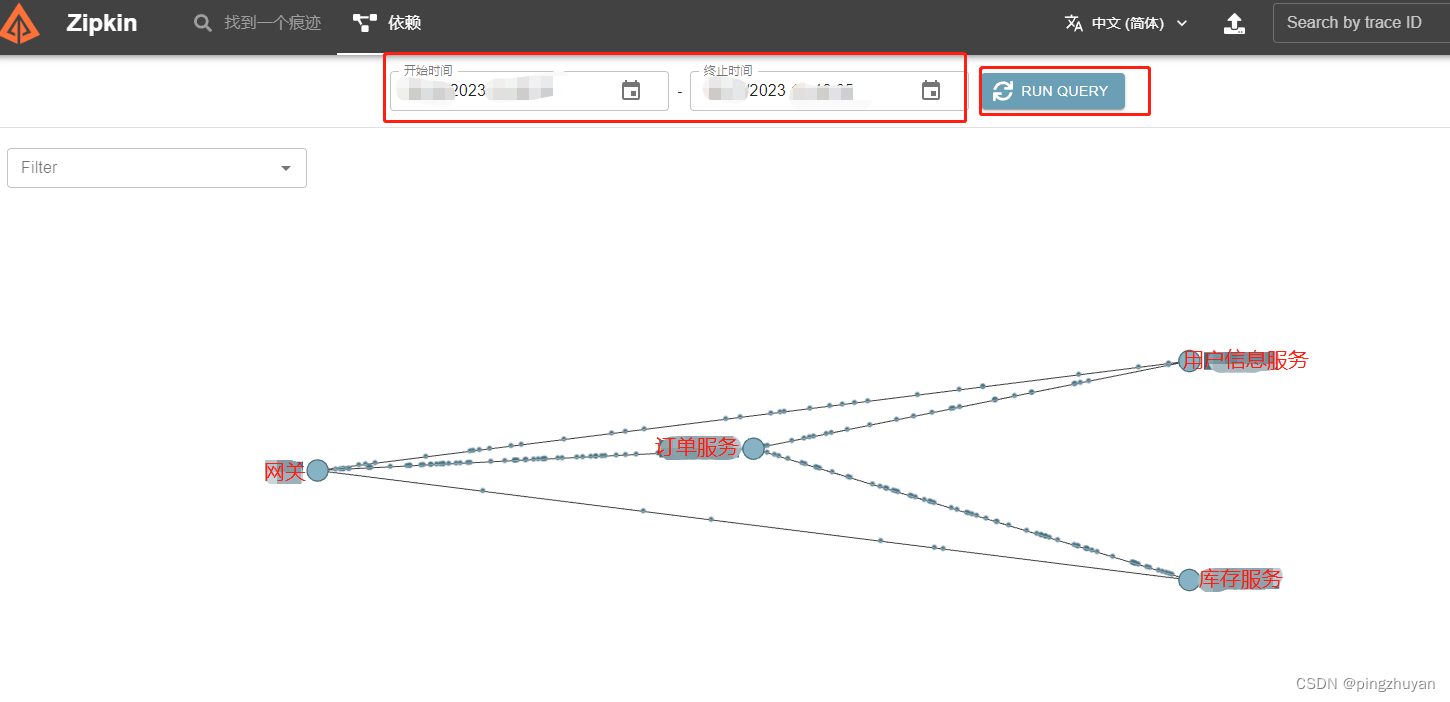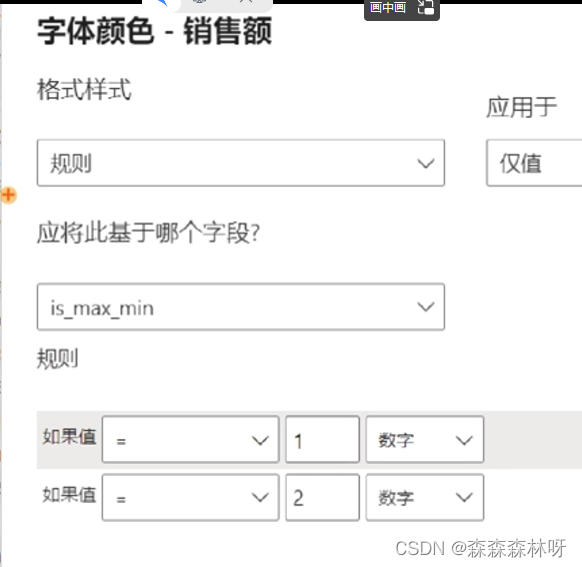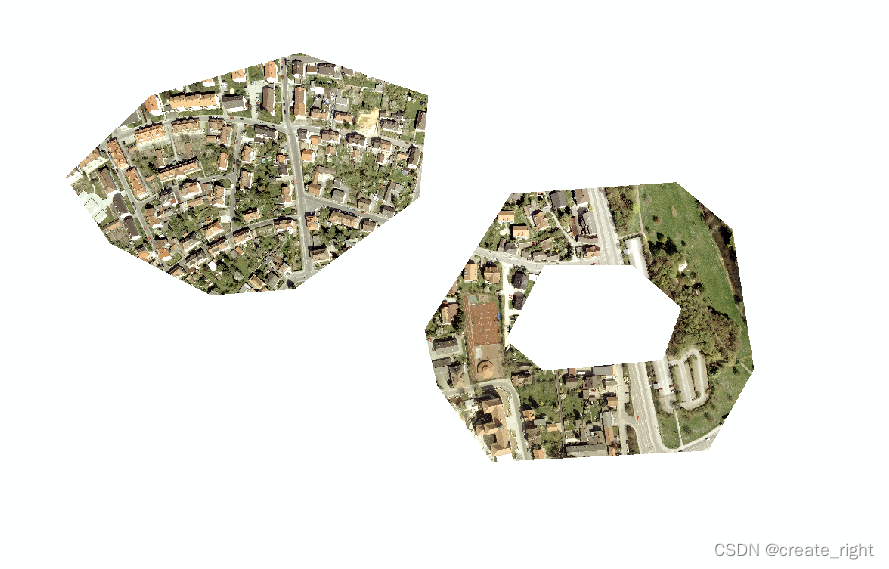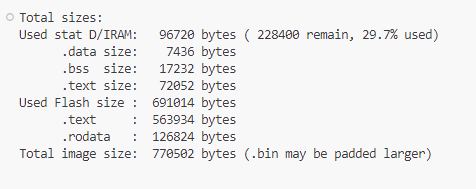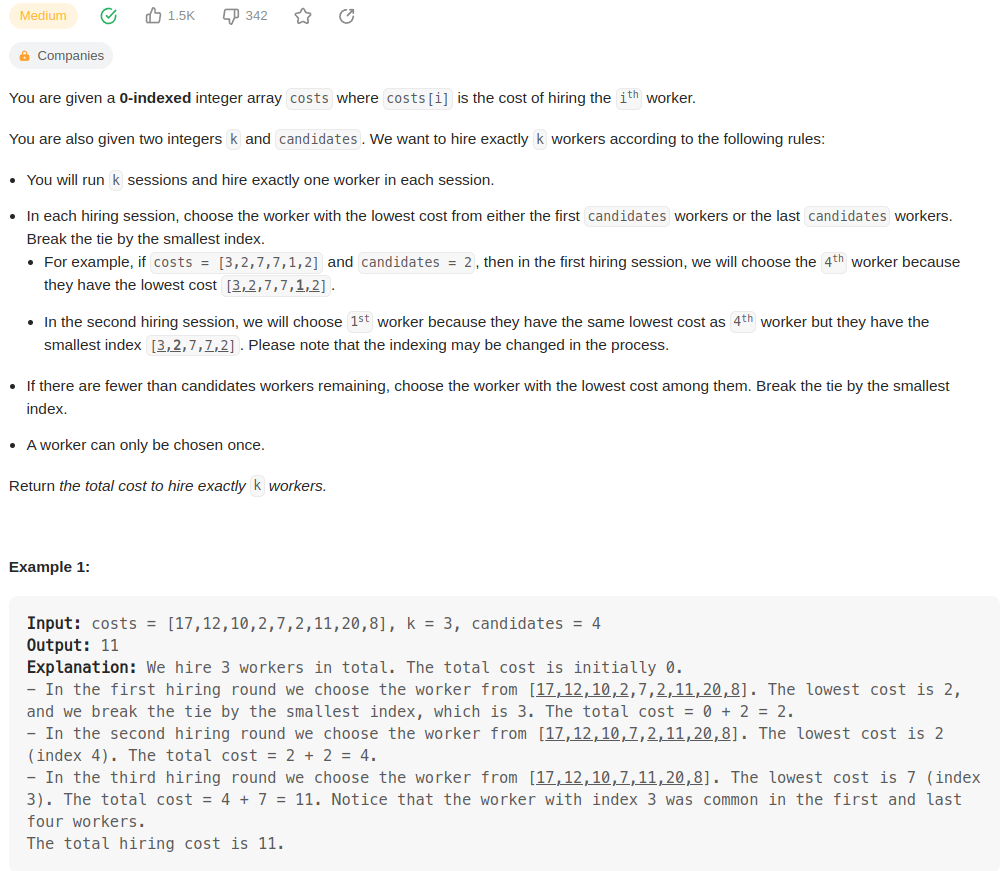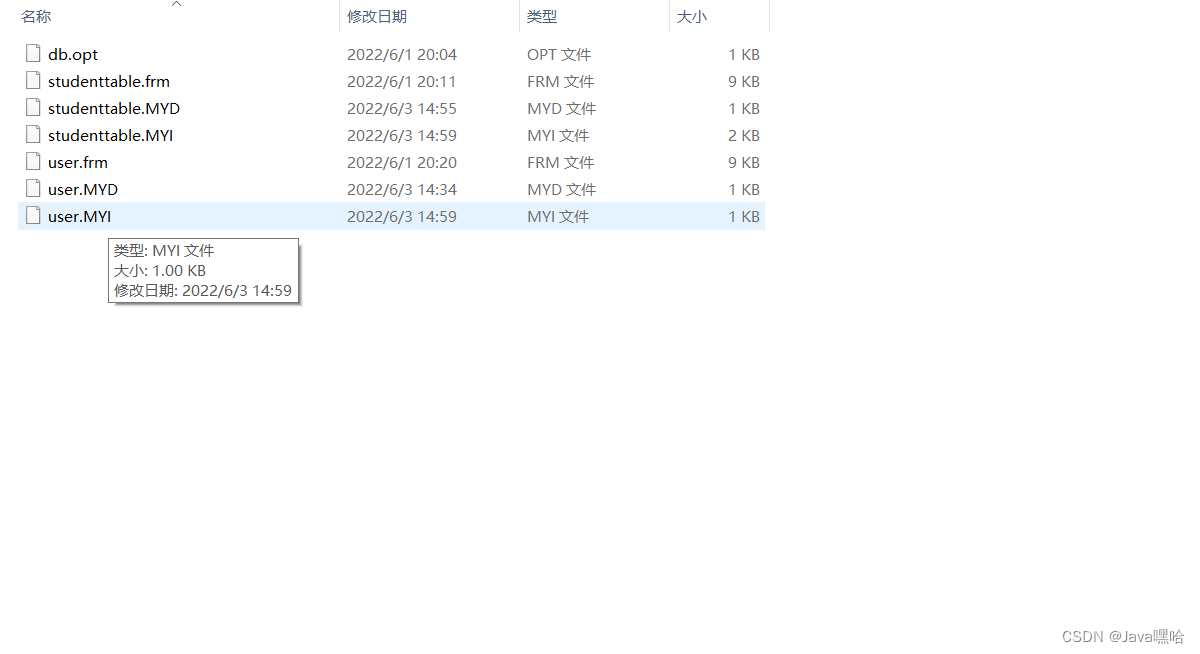AOP
Aspect Oriented Programing:面向切面编程
AOP是对OOP的补充,进一步提高编程的效率
AOP的常见使用场景有:权限检查、记录日志、事务管理等
如下图所示结构,每个模块都含有相同的系统需求,而这些需求和模块本身的功能无关。我们可以单独定义一个组件,然后将这些系统需求封装到这个组件中去,这个组件和业务组件没有任何关系,这个组件就横向扩展了业务组件的需求。
拦截器也是一种AOP思想的实现
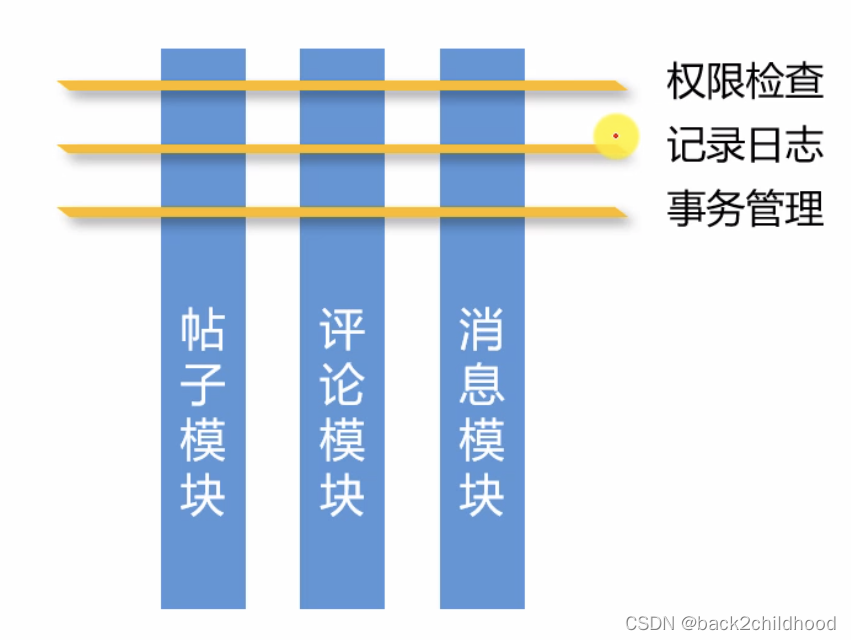
AOP的术语
- target:业务组件,要处理的目标对象
- aspect:方面组件,将系统需求单独封装到一个组件中,这个组件就是aspect
- joinpoint:目标对象上允许织入aspect的位置
- pointcut:声明将代码织入哪些对象的哪些位置
- advice:通知,解决的是方面组件具体织入的逻辑

AOP的实现
- AspectJ
- 语言级的实现,扩展了java语言,定义了AOP语法
- 在编译期织入代码,有一个专门的编译器,用来生成遵守java字节码规范的class文件
- Spring AOP
- 使用纯java实现,不需要专门的编译过程,不需要特殊的类装载器
- 在运行时通过代理的方式织入代码,只支持方法类型的连接点
- 支持对AspectJ的集成
Spring AOP
- JDK动态代理
- java提供的动态代理技术,可以在运行时创建接口的代理实例
- Spring AOP默认采用此种方式,在接口的代理实例中织入代码
- CGLib动态代理
- 采用底层的字节码技术,在运行时创建子类代理实例
- 当目标对象不存在接口时,Spring AOP会采用此种方式,在子类实例中织入代码
代码示例
package com.nowcoder.mycommunity.controller.aspect;
import org.aspectj.lang.ProceedingJoinPoint;
import org.aspectj.lang.annotation.*;
import org.springframework.stereotype.Component;
@Component
@Aspect
public class AlphaAspect {
// the first * means every return type
// the second * means all classes in the com.nowcoder.mycommunity.service package
// the third * means all functions in those classes
// (..) means all parameter type
// pointcut
@Pointcut("execution(* com.nowcoder.mycommunity.service.*.*(..))")
public void pointcut(){
}
// do this function before pointcut()
@Before("pointcut()")
public void before(){
System.out.println("before");
}
@After("pointcut()")
public void after(){
System.out.println("after");
}
@AfterReturning("pointcut()")
public void afterReturning(){
System.out.println("afterReturn");
}
@AfterThrowing("pointcut()")
public void afterThrowing(){
System.out.println("afterThrowing");
}
// not only execute this function before pointcut, but after it
@Around("pointcut()")
public Object around(ProceedingJoinPoint joinPoint) throws Throwable{
System.out.println("around before");
Object object = joinPoint.proceed();
System.out.println("around after");
return object;
}
}
统一处理日志
package com.nowcoder.mycommunity.controller.aspect;
import jakarta.servlet.http.HttpServletRequest;
import org.aspectj.lang.JoinPoint;
import org.aspectj.lang.annotation.Before;
import org.aspectj.lang.annotation.Pointcut;
import org.slf4j.Logger;
import org.slf4j.LoggerFactory;
import org.springframework.stereotype.Component;
import org.springframework.web.context.request.RequestContextHolder;
import org.springframework.web.context.request.ServletRequestAttributes;
import java.text.SimpleDateFormat;
import java.util.Date;
@Component
@Aspect
public class ServiceLogAspect {
private static final Logger logger = LoggerFactory.getLogger(ServiceLogAspect.class);
// 将所有service组件加入到pointcut中
@Pointcut("execution(* com.nowcoder.mycommunity.service.*.*(..))")
public void pointcut(){
}
/**
* joinpoint means the program that is woven into
* @param joinPoint
*/
@Before("pointcut()")
public void before(JoinPoint joinPoint){
// user[1.2.3.4] in[xxx] accessed the [com.nowcoder.mycommunity.service.xxx()]
ServletRequestAttributes attributes = (ServletRequestAttributes) RequestContextHolder.getRequestAttributes();
HttpServletRequest request = attributes.getRequest();
String ip = request.getRemoteHost();
String now = new SimpleDateFormat("yyyy-MM-dd HH:mm:ss").format(new Date());
String target = joinPoint.getSignature().getDeclaringTypeName() + "." + joinPoint.getSignature().getName();
logger.info(String.format("user[%s] in[%s] accessed[%s].", ip, now, target));
}
}



